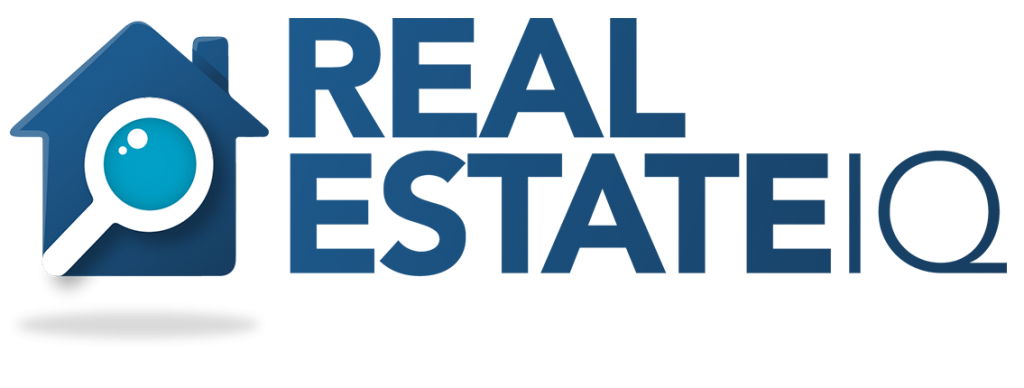We keep diving into wholesaling! At Real Estate IQ, we deepen into this investment strategy that doesn’t require money nor credit to start, and that’s ideal for you – if you’re taking your first steps in the real estate business. Haven’t you heard about it? Here, Sonia Medrano shared the basic notions of wholesaling, while Marlon Pleitez created a guide for beginners to understand its implications.
Now it’s time for Paul Humerez, who – along with Sonia Medrano – revealed in a Real Estate IQ’s webinar the six basic steps you need to implement to close a deal successfully. Even though wholesaling is an investing strategy where you don’t need money, it requires patience and constancy to succeed.
“Wholesaling isn’t complicated. It just takes much effort because most of the process consists of marketing. You have to talk to many people until you find the right deal to make money,” Humerez Pointed out. He’s a real estate investor and specializes in wholesaling. Based on his experience, he built the six steps to close a deal under this investing strategy.
1. Find the right property
The pillar of this strategy is to find motivated sellers. Genuine opportunities appear along with homeowners who are in trouble and can’t keep their properties. Whether it’s because of decease, moving, debts, or unemployment, these people are in a hurry and need a fast solution to their problems. Typically, they don’t have time to wait for their homes to be sold through the MLS.
For that reason, finding motivated sellers can take a while. You can do it at no cost by talking to real estate agents and letting them know that you can buy hard-to-close properties in cash. You can also drive for dollars, which means driving around your neighborhood looking for damaged properties (in general, they have structural or maintenance problems).
On the other hand, if you have a small amount of money to invest, Humerez recommended paid ads and subscribing to a skip-traced list like the ones we provide at Real Estate IQ. Off market listings are indeed time-savers because they provide you with daily lists of motivated sellers and have their contact information built-in. For instance, at Real Estate IQ, we provide our Premium Off Market Leads in Texas, Florida, Georgia, and Utah. If you want to know more about it, ask for a free one-on-one consultation!
2. Get in touch with the owner
Once you find a property that might be worth your time, it’s time to contact its owners. At this stage, you should keep in mind that they’re most certainly having a rough time, so you must avoid introducing yourself as the person who comes to steal their home. Instead, be the one that bears a solution to their problem.
The truth is that, for homeowners, closing a deal with a wholesaler has numerous advantages: they get cash quickly, and that could mean their financial recovery; they don’t lose their property to a bank; they don’t need to rehab the place to sell it, and they don’t have to pay closing costs nor commissions to agents or realtors.
But don’t forget that not every homeowner you contact is going to say yes. Humerez said that, on average, 1 in 20 distressed sellers end up accepting the offer. The important thing here is not to lose touch with them. You need to follow up on each promising case because their situation might change in a few months, turning a no into a yes.
3. Determine the property’s value
This step is crucial and valuable in several ways. For once, it helps you make attractive offers to the buyer and the seller. But it also assures you that there’s enough room for a good commission for your work. To calculate the property’s market value, you need to know its ARV (or after repair value). You can either know this by subscribing to our products or can compare properties on free websites (like Zillow, Trulia, or Redfin).
Moreover, at this point, you’d better know how much the repairs are going to cost. To have an approximate budget, you can visit the place with a contractor or send them a list of the needed repairs.
Once you have these two numbers, it’s time to use the following formula Humerez shared to calculate the offer you’re going to make to the homeowner. You need to calculate 70% of the ARV (the other 30% is the investor’s profit) and subtract the cost of repairs and commission. There’s no rule of thumb for your profit; it depends on how much you want to win and how attractive the deal is for both parties.
Let’s take a moment here to clarify that neither the buyer nor the seller will know these numbers in detail. You’re the only one that knows how much your commission is. Nevertheless, the real estate investor will run their own numbers to see if it’s a good deal.
4. Put the property under contract
So far, you have a motivated seller interested in your proposal, and check that the deal is beneficial for you. Therefore, your next step is to negotiate the purchase price – since your offer will be lower than the property’s value.
In case the homeowner accepts, you have to put the property under contract. Humerez advised that the contract’s period should be between 30 and 45 days. Although it might take you less time to sell it, it’s always a good idea to have a bit more time in case something comes up.
5. Look for a final buyer
The next step is to locate someone willing to buy your right on the property. This person should be an investor who pays in cash to avoid wasting time waiting for a loan to be approved.
From Humerez’s perspective, the best ways to find them are by assisting local networking events for real estate investors, and joining social media groups and marketing through them. Furthermore, you can ask the real estate agents you contacted in step 1 if they happen to know any investors interested in new business opportunities.
6. Close the deal
At this point, everything is ready to close the deal! So, you need to find a Title Company that has experience working with wholesaling to avoid misunderstandings. These experts will guarantee that the title is clean, that it hasn’t any liens or debts, and that the owner is actually the owner. Lastly, keep in mind that all the closing costs have to be paid by the buyer. Once the transaction is finished, all that’s left to do is divide the money.
“If you’re willing to do the preliminary work, develop a marketing strategy, and do a follow-up on your motivated sellers, wholesaling can be an effective way to gain money without having to invest your own capital,” Humerez concluded.
Disclaimer: The blog articles are intended for educational and informational purposes only. Nothing in the content is designed to be legal or financial advice.







